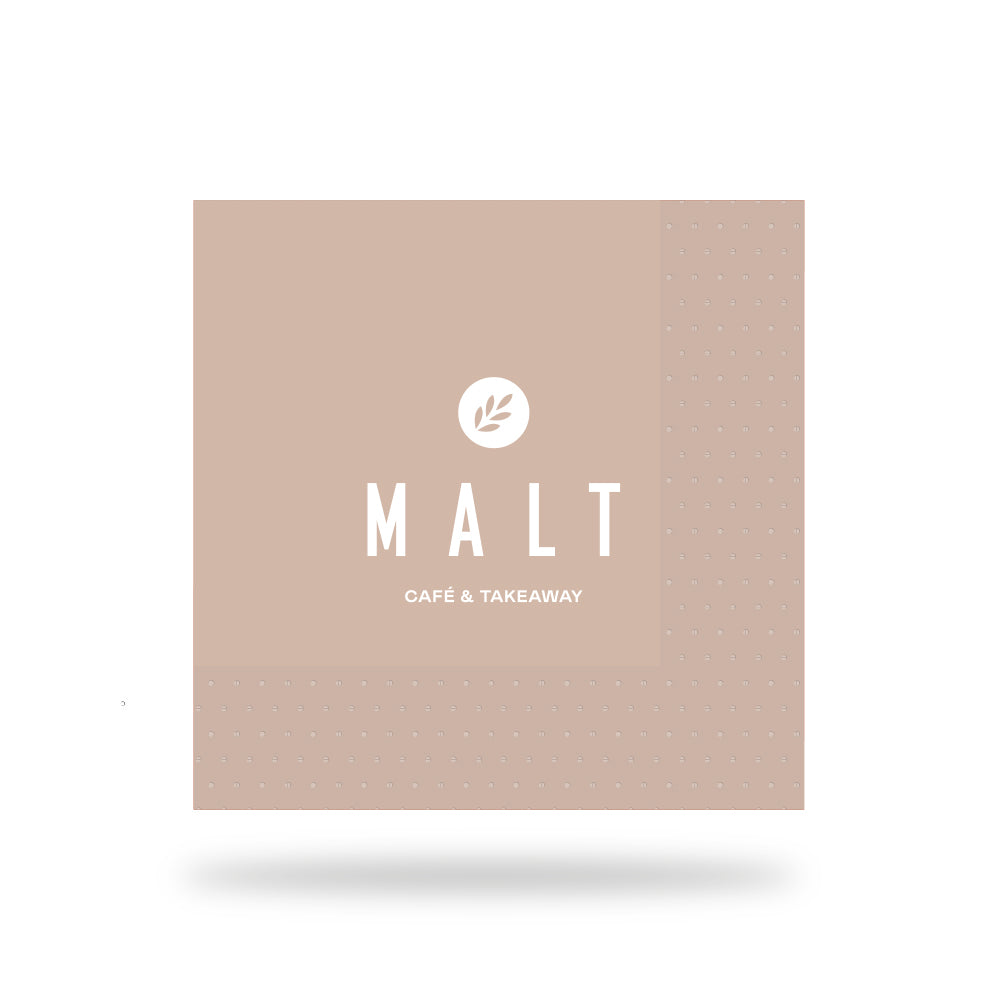The Evolution of Pizza Liners From Practicality to Style
Pizza, one of the most beloved foods around the globe, is not just about the delicious combination of flavors and textures. The journey of a pizza from the oven to your plate is an experience filled with various elements, one of which is the often-overlooked pizza liner. These liners serve a significant purpose, evolving in design and function over the years to enhance both the quality of the pizza and the dining experience.
What is a Pizza Liner?
A pizza liner is a material, usually made of paper or cardboard, that sits between the pizza and the box or packaging it comes in. Its primary role is to prevent the pizza from sticking to the box and to absorb excess moisture that can make the crust soggy. While they may seem trivial, pizza liners play a vital role in maintaining the integrity of the pizza from the moment it is baked until it reaches the customer's hands.
The Origins of Pizza Liners
The concept of food liners can be traced back to the earliest days of food delivery. However, the specific use of pizza liners became more prominent in the mid-20th century, coinciding with the rise of pizzerias and home delivery services. In its simplest form, the pizza liner was a plain sheet of paper or cardboard, designed to be functional rather than stylish.
As the pizza industry grew, so did the innovations in food packaging. This marked the beginning of a significant transformation in the design and material of pizza liners. Manufacturers started experimenting with various types of liners that not only served the functional purpose of moisture absorption but also added an aesthetic touch to the packaging.
Modern Innovations
pizza liners

Today, pizza liners are designed with both practicality and marketing in mind. Many pizzerias now use custom-printed liners that feature their logos, slogans, or even fun graphics. These liners serve as an extension of the brand, creating a visually appealing experience for the customer. The inclusion of branding on pizza liners helps to reinforce brand identity while enhancing the overall customer experience.
Moreover, environmentally conscious businesses are now exploring sustainable alternatives for pizza liners. Biodegradable and compostable materials are becoming more popular, aligning with the global push towards sustainability. This shift not only addresses waste management concerns but also resonates with consumers who prioritize eco-friendly practices in their purchasing decisions.
The Role of Pizza Liners in Customer Experience
The importance of pizza liners extends beyond their practical use. They contribute significantly to the overall customer experience. When opening a pizza box, the visual appeal is immediate. A well-presented pizza resting on a colorful, branded liner creates excitement and anticipation. This is especially relevant in a time where social media plays a substantial role in food marketing; visually appealing packaging enhances shareability on platforms like Instagram and TikTok.
The tactile sensation of lifting a pizza off a clean, non-stick liner also enhances the overall experience. Customers appreciate the small details, and a thoughtfully designed pizza liner can set a pizzeria apart from its competitors. Additionally, the liner can also serve to keep the pizza warm during transport, ensuring that customers enjoy their meal at its best.
Conclusion
In conclusion, while pizza liners may seem like an insignificant detail in the grand scheme of pizza delivery and dining, they play an integral role in the overall experience. From their humble beginnings as simple sheets of paper to their modern-day iterations that prioritize branding and sustainability, pizza liners have evolved significantly. As the food industry continues to innovate and adapt to consumer preferences, pizza liners will no doubt continue to develop in ways that enhance both functionality and the aesthetic appeal of one of the world’s favorite foods. As you enjoy your next slice of pizza, take a moment to appreciate the journey it undertook, right down to the often-ignored liner that helped bring it to your table.



